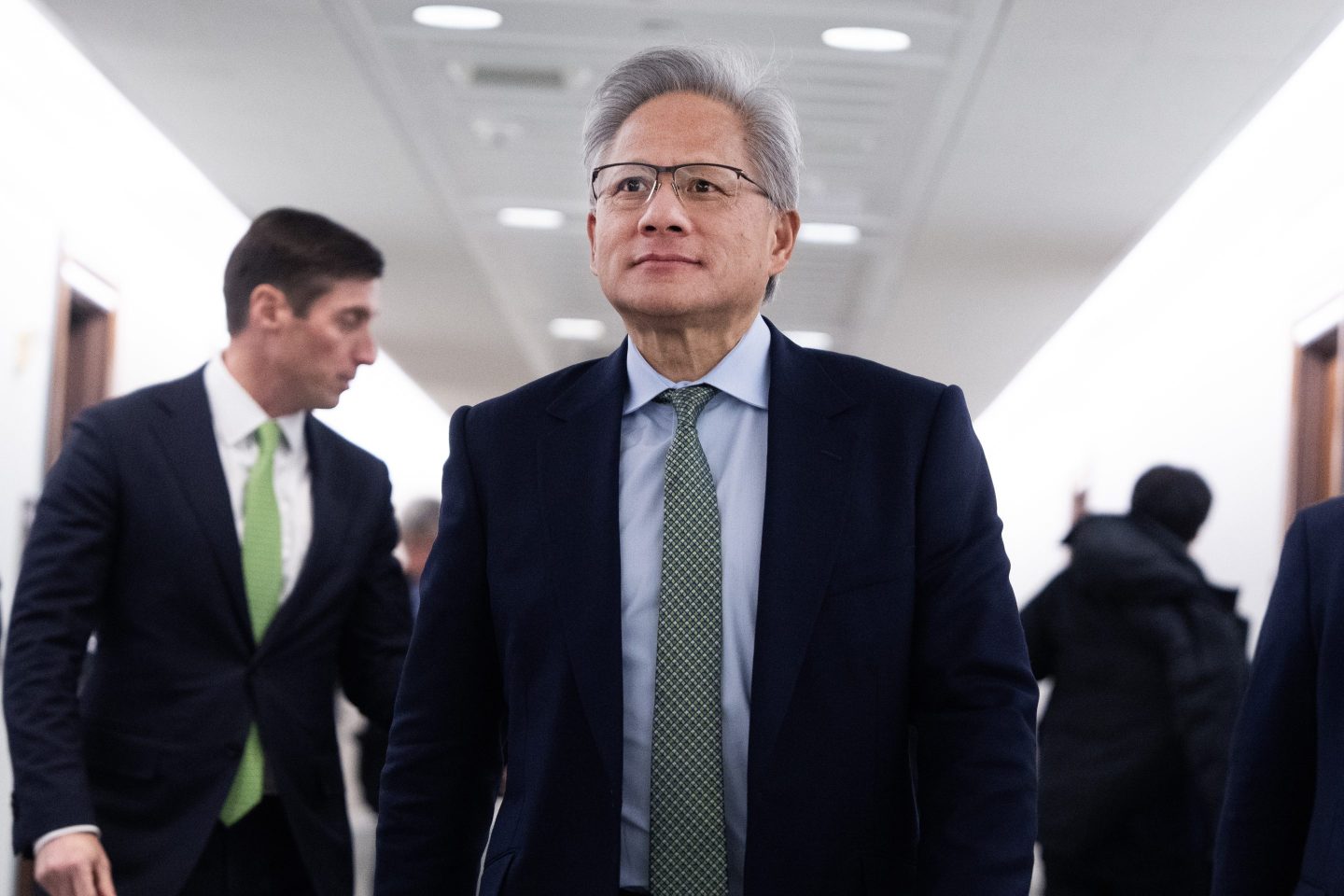Waddell & Reed says it was just hedging against falling stock values when the market went haywire last week.
Waddell & Reed was fingered Friday by Reuters as a big seller of futures contracts during last Thursday’s so-called flash crash. Regulators said this week they had identified a trader whose sales accounted for 9% of marketwide volume during a 20-minute market disruption, and Reuters reports that an internal exchange document shows Waddell was the trader.
But regulators have said they don’t believe the futures sales were suspicious, and the 73-year-old firm stresses that it isn’t the villain in last week’s meltdown, which has prompted widespread calls for a trading-rules overhaul.
Indeed, Waddell’s statement Friday afternoon notes that “like many market participants, Waddell & Reed was affected negatively by the market activity of May 6.”

So what was Waddell up to? The firm, which calls itself “one of the oldest mutual fund complexes in the United States,” manages $74 billion in assets. Some 86% of that resides in equity funds such as the Waddell & Reed and Ivy funds.
Waddell says it was simply hedging against declines in the market. “On May 6, as on many trading days, Waddell & Reed executed several trading strategies, including index futures contracts, as part of the normal operation of our flexible portfolio funds,” the Overland Park, Kan.-based company said in its statement Friday.
Reuters reports the Kansas-based firm sold 75,000 contracts tied to the value of the S&P 500 index during the 20-minute span in which U.S. stock markets fell sharply. Stock market regulators looking into the cause of the crash took a deeper look at the Waddell & Reed trading because of its timing, the news agency reported.
The contracts in question are so-called E-Mini futures. These contracts are traded electronically on the Chicago Mercantile Exchange and account for more than 80% of U.S. stock index futures open interest, Commodities Futures Trading Commission chief Gary Gensler said this week.
Gensler told a House Financial Services subcommittee Tuesday that the big trader, identified by Reuters as Waddell & Reed, didn’t appear to be attempting to send stock prices lower.
“The trader sold on the way down and continued to do so even as the price level recovered,” Gensler said. “This trader and others have executed hedging strategies of similar size previously.”
An article on the firm’s web site explains that funds such as the Waddell & Reed Advisors Asset Strategy fund have been using futures contracts to hedge against a decline in the markets.
“We like using futures to hedge the Fund because they are very liquid and an easily traded instrument, and are valued and cash-settled on a daily basis, so we’re not injecting any third-party risk into the Fund,” investment chief Michael Avery writes.
Avery’s comment also notes that “right now, the Fund’s sector exposures and underlying equity holdings are more index-like than they were previously,” reflecting the firm’s assessment of various market risks.
The move toward index-like exposures is interesting in light of Waddell’s embrace of active portfolio management — an argument that Larry Swedroe contends the firm can’t possibly win. But that debate is probably not very high on Waddell’s list of priorities right now, with its stock down 5% on nearly five times its average daily volume.











